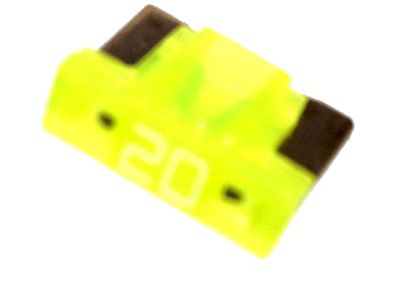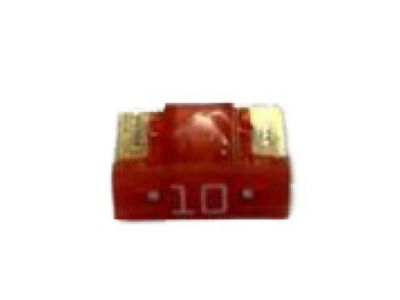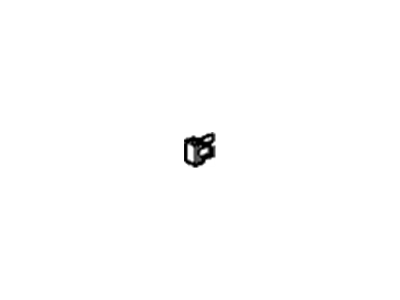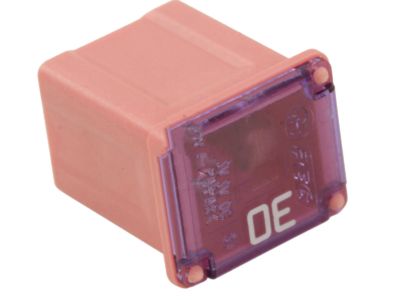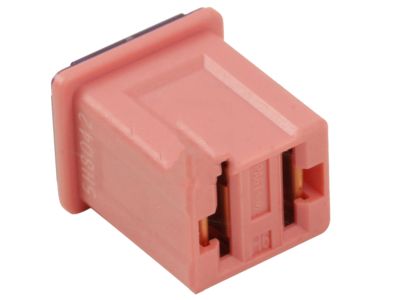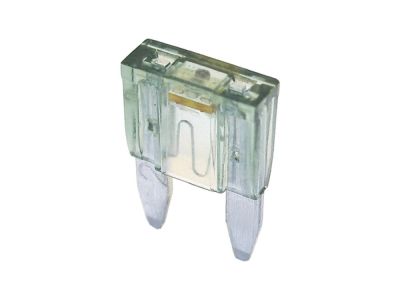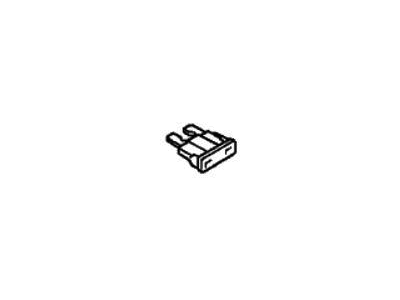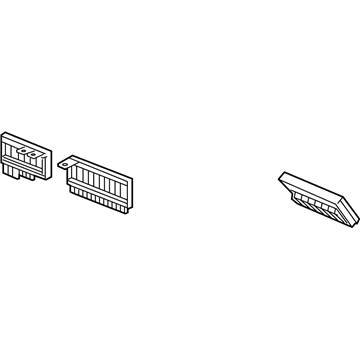×
- Hello
- Login or Register
- Quick Links
- Live Chat
- Track Order
- Parts Availability
- RMA
- Help Center
- Contact Us
- Shop for
- Honda Parts
- Honda Accessories

My Garage
My Account
Cart
Genuine Honda Passport Fuse
Circuit Fuse- Select Vehicle by Model
- Select Vehicle by VIN
Select Vehicle by Model
orMake
Model
Year
Select Vehicle by VIN
For the most accurate results, select vehicle by your VIN (Vehicle Identification Number).
26 Fuses found









Honda Passport Fuse D, Multi Block (60A / 40A / 30A / 20A)
Part Number: 38234-TZ5-A01$22.92 MSRP: $32.37You Save: $9.45 (30%)
Honda Passport Fuse, Facia Harness (20A) (Yellow)
Part Number: 8-97103-483-0$0.24 MSRP: $1.93You Save: $1.69 (88%)Honda Passport Fuse Unit (60A) (Yellow)
Part Number: 8-94468-664-0$1.46 MSRP: $12.03You Save: $10.57 (88%)Honda Passport Fuse Unit (30A) (Pink)
Part Number: 8-94480-379-0$11.29 MSRP: $15.95You Save: $4.66 (30%)Honda Passport Fuse Unit (100A) (Blue)
Part Number: 8-94388-306-0$12.78 MSRP: $18.06You Save: $5.28 (30%)
| Page 1 of 2 |Next >
1-20 of 26 Results
Honda Passport Fuse
In search of affordable OEM Honda Passport Fuse? Consider browsing through our extensive inventory of genuine Honda Passport Fuse. Not only do we provide market-leading prices and a manufacturer's warranty, but we also pride ourselves on exceptional customer service and swift delivery.
Honda Passport Fuse Parts Questions & Experts Answers
- Q: How are the electrical circuits safeguarded and what should be done when a fuse is blown on Honda Passport?A:The electrical circuits of the vehicle are protected by fuses, circuit breakers and fusible links and the fusible links is available in the box located beneath the instrument panel on the left hand side of the dashboard and another fusible container is present near to the battery in the engine compartment. Every fuse is meant to shield one particular circuit, and depending on one's car, the circuit is indicated on the fuse panel lid. Blade terminal fuses are available in high dead-front modular racks as well as mini-mates to accommodate the miniaturization of todays circuits, the design enables easy removal and replacement utilizing fingertips. When an electrical component malfunctions, looking at the fuse is recommended; To test the fused circuit, put the test light onto the exposed tip of the fuse; if the light glows on one side but not on the other side, then the fuse is bad and the transparent plastic housing will show signs of it. The fuses that are blown should be replaced with the correct type because even though physically, a different fuse may fit into a slot, it should be replaced only by correct rated fuse to provide proper protection to the electrical circuit and the amperage value of each fuse must be molded on the body of the fuse. If a replacement fuse goes out instantly, then it should not be refueled again until after the problem, which is most times a short circuit as a result of a snapped or worn wire is fixed.
